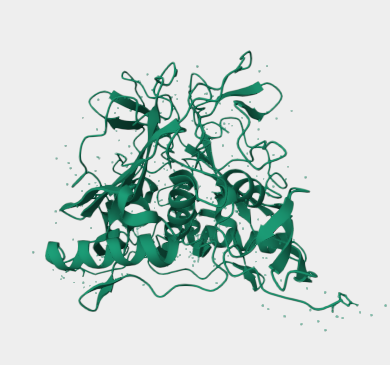Key features and details | |
Cat. No. | MABL-1501 |
Name | Anti-EpCAM mAbs |
Clone No. | AFD- G8.8 |
From | Recombinant Antibody |
Isotype | Engineer antibody |
Application | IP, FC, IF, IHC |
Species Reactivity | Human, Mouse |
Basic Information | |
Specificity | This antibody is specific for human and mouse EpCam. EpCam may act as a physical homophilic interaction molecule between intestinal epithelial cells (IECs) and intraepithelial lymphocytes (IELs) at the mucosal epithelium for providing immunological barrier as a first line of defense against mucosal infection. Plays a role in embryonic stem cells proliferation and differentiation. Up-regulates the expression of FABP5, MYC and cyclins A and E (By similarity). |
Alternative Name | CD326; Ep-CAM; KS1/4 antigen; KSA; Epithelial cell adhesion molecule; Adenocarcinoma-associated antigen; Cell surface glycoprotein Trop-1; Epithelial cell surface antigen; Epithelial glycoprotein; EGP; Epithelial glycoprotein 314; 17-1A-antigen; EGP314; hEGP314; Major gastrointestinal tumor-associated protein GA733-2; Tumor-associated calcium signal transducer 1 |
UniProt | P16422 |
Immunogen | The original version of this antibody was raised by immunizing a rat with glycoconjugates isolated from TE-71 cells. |
Application Notes | To research scarring in humans, immunofluorescence was preformed on human skin and scar biopsies using the rat version of this antibody (Jiang et al, 2020; pmid:33159076). To show that PDCs expressing the established surface and cancer stem cell marker EpCAM give rise to HCC in inflamed liver, immunohistochemistry was preformed on mouse liver cells using the rat version of this antibody (Matsumotot et al, 2017; pmid:28951464). To show that major facilitator super family domain containing 2a (Mfsd2a), previously known to maintain blood–brain barrier function, is a periportal zonation marker, immunofluorescence was preformed on liver cells from Mfsd2a-CreER mice using the rat version of this antibody (Pu et al, 2016; pmid:27857132). To research the expression of EpCam, immunohistochemistry was preformed on mosue thymus cells using the rat version of this antibody. Further, the antigen of this antibody was immunoprecipitated using the rat version of this antibody bound to sepharose beads (Farr et al, 1991; pmid:2016514). |
Antibody First Published | Farr et al. Epithelial Heterogeneity in the Murine Thymus: A Cell Surface Glycoprotein Expressed by Subcapsular and Medullary Epithelium J Histochem Cytochem. 1991 May;39(5):645-53. PMID:2016514 |
Note on publication | A monoclonal antibody (MAb), G8.8, was raised against glycoconjugates isolated from a cloned line of murine medullary thymic epithelial cells. |
COA Information (For reference only, actual COA shall prevail) | |
Size | 100 μg Purified antibody. |
Concentration | 1 mg/ml. |
Purification | Protein A affinity purified |
Buffer | PBS with 0.02% Proclin 300. |
Concentration | 1 mg/ml. |
Storage Recommendation | Store at 4⁰C for up to 3 months. For longer storage, aliquot and store at - 20⁰C. |



